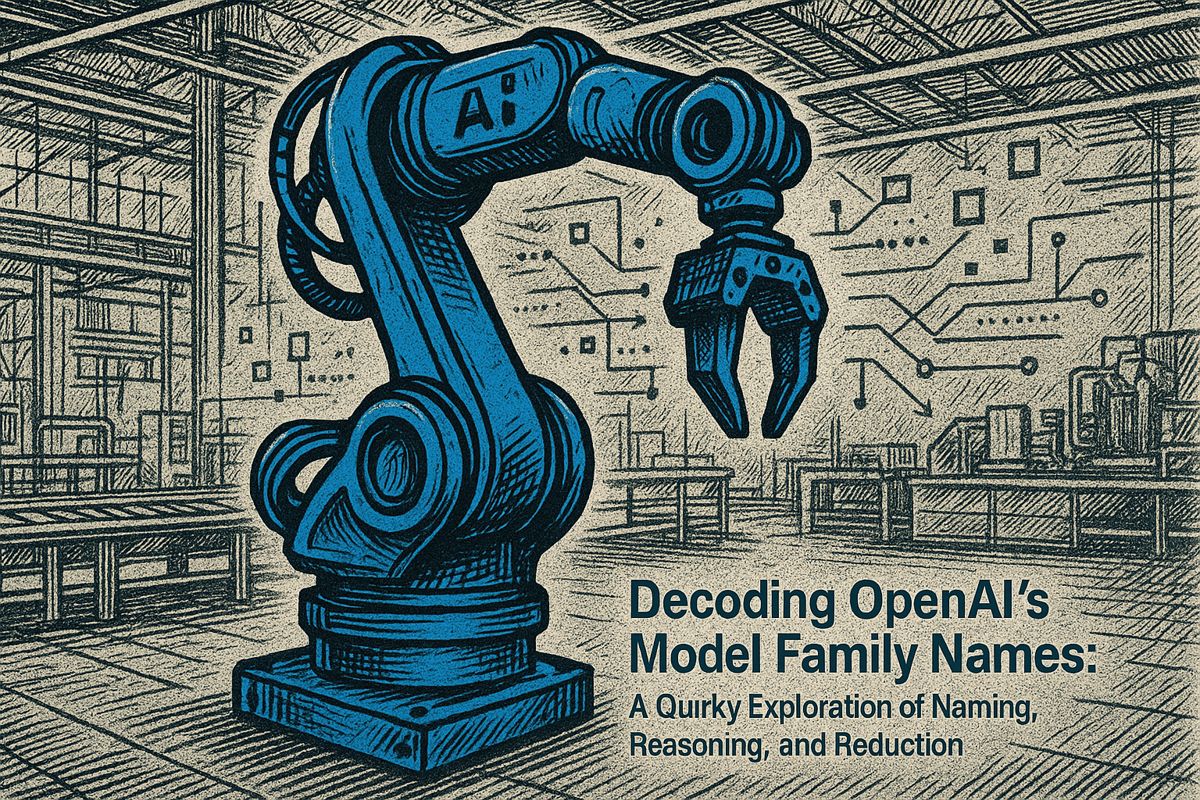Here’s the text with the most important phrase emphasized in markdown bold:
In the world of manufacturing, Retrocausal’s AI copilots are transforming factory floors by using computer vision and machine learning to detect production issues instantly. These smart technologies can reduce scrap costs by up to 75%, cut operator training times by 44%, and provide real-time, actionable insights that help workers catch and fix problems on the spot. Unlike traditional manufacturing methods that relied on slow, retrospective reporting, these AI systems act like an extra set of eyes, offering immediate guidance and helping even small factories improve efficiency dramatically. The technology is so user-friendly that any team can plug it in and start seeing results, creating a new era of lean, intelligent manufacturing where human skills and machine insights work together seamlessly. This breakthrough is not just about technology, but about fundamentally changing how we approach production, making factories smarter, faster, and more responsive than ever before.
How Can AI Instantly Improve Manufacturing Efficiency?
Retrocausal’s AI copilots revolutionize lean manufacturing by using computer vision and machine learning to:
– Detect real-time production issues
– Reduce scrap costs by up to 75%
– Cut operator training times by 44%
– Provide immediate, actionable insights on the factory floor
Remembering the Old Assembly Line
Sometimes, a technology sneaks up on you, leaving a strange, echoing note of nostalgia and curiosity. I’m reminded of my uncle’s stories—greasy hands, metal parts, and assembly lines that clattered all night in a Michigan plant. He’d groan about discovering a mistake only after a mountain of defective widgets had rolled by. The fix always came too late, like rain after the harvest.
But recently, I stumbled across Retrocausal’s AI copilots for manufacturing. The whole idea hit me with a satisfying snap, half déjà vu and half electric anticipation. Isn’t it odd how old frustrations can suddenly feel like ancient history? Lean manufacturing was always about being nimble, but for years, the “real-time” part was wishful thinking. Now, the game has changed.
A friend—let’s call him Pete—managed production at a mid-sized electronics factory in Houston. Pete loved his kaizen, his Gemba walks; he even collected battered Toyota Production System handbooks. But at the end of the day? He still waited for reports that told him yesterday’s news. Now, with Retrocausal’s copilots, Pete gets alerts the moment a problem pops up. No more slow-motion disasters.
The Anatomy of Immediate Insight
Here’s the setup: Retrocausal’s AI copilots, such as Assembly Copilot and Kaizen Copilot, use computer vision and machine-learned models to spot trouble as it unfolds. It’s like having an extra pair of eyes—ones that never blink or get bored—trained to catch every wobble or whisper of misalignment. When a part’s out of place, or an operator’s posture slips into a risky angle, the copilot chirps an alert. You smell the tang of warm metal in the air, and you don’t wait for paperwork.
Isn’t it remarkable? Traditional lean manufacturing insights arrived late—always a day behind schedule, leaving teams to play catch-up with yesterday’s ghosts. But now, operators can act in the moment, guided by live feedback and animated step-by-step instructions. Retrocausal’s early pilots at Fortune 500 companies have already reported up to 20% jumps in first-time yield, and some scrappy teams have slashed scrap costs by a whopping 75%. I’ll admit, I nearly spilled my coffee when I read that last figure.
It gets better. Operator training times have shrunk by 44%. And for those who find process improvement as thrilling as a root canal, the copilots automate time and motion studies, generating detailed reports in seconds rather than days. It’s as if the software is a friendly ghost, whispering shortcuts and best practices in your ear.
Levelling the Manufacturing Playing Field
Retrocausal’s impact isn’t limited to industrial giants like Toyota or Samsung Electronics. Even a family-run shop in Akron, Ohio, can plug these copilots into their existing systems—MES, IIOT, you name it—and start seeing results. It’s plug-and-play technology, the software equivalent of snapping a new lens onto your old Nikon camera. No code required. If you can use a microwave, you can use this.
One gritty detail stands out: the ergonomics module can run REBA, RULA, and NIOSH assessments live, on the line, clipboard-free. And FMEA? It’s now so fast, you blink and it’s done. I remember when a botched ergonomic checklist left a worker icing her wrist for weeks. That sort of thing isn’t just a productivity hit; it’s a gut punch.
What really surprised me, though, was the cross-facility insight. Retrocausal’s AI isn’t siloed. When one plant discovers a more efficient process or a common failure mode, that learning spreads instantly to other sites. Knowledge ripples out, like the scent of solder drifting downwind. Gemba walks—those floor-level tours—are suddenly supercharged, blending the human eye with machine vigilance. It’s not a turf war, it’s a duet.
From Hype to Hard Results
The brains behind all this? LeanGPT, a generative AI model trained for manufacturing. It feels almost eerie to watch it suggest context-aware solutions—an engineer’s second brain, minus the lunch breaks. Industry journals like Automation World have started to buzz, calling this a paradigm shift. I felt a stab of skepticism, remembering my own tendency to fall for shiny tools that didn’t deliver. Been burned before. But the numbers—scrap costs down by 75%, training times halved—say it’s the real deal.
I can’t help but wonder: will the old ways of “inspect, report, react” fade into folklore? Maybe. There’s something oddly poetic about a system that learns from every line, every mistake, and hands that wisdom back in real time. My uncle would’ve grumbled, but he’d have been impressed.
So, that’s where we are—factories humming with both muscle and intelligence, dusty clipboards gathering cobwebs in the corner. Want to dive deeper or see the tech in action? Retrocausal’s site has the full scoop, though my summary will have to do for now… Maybe that’s enough.



















